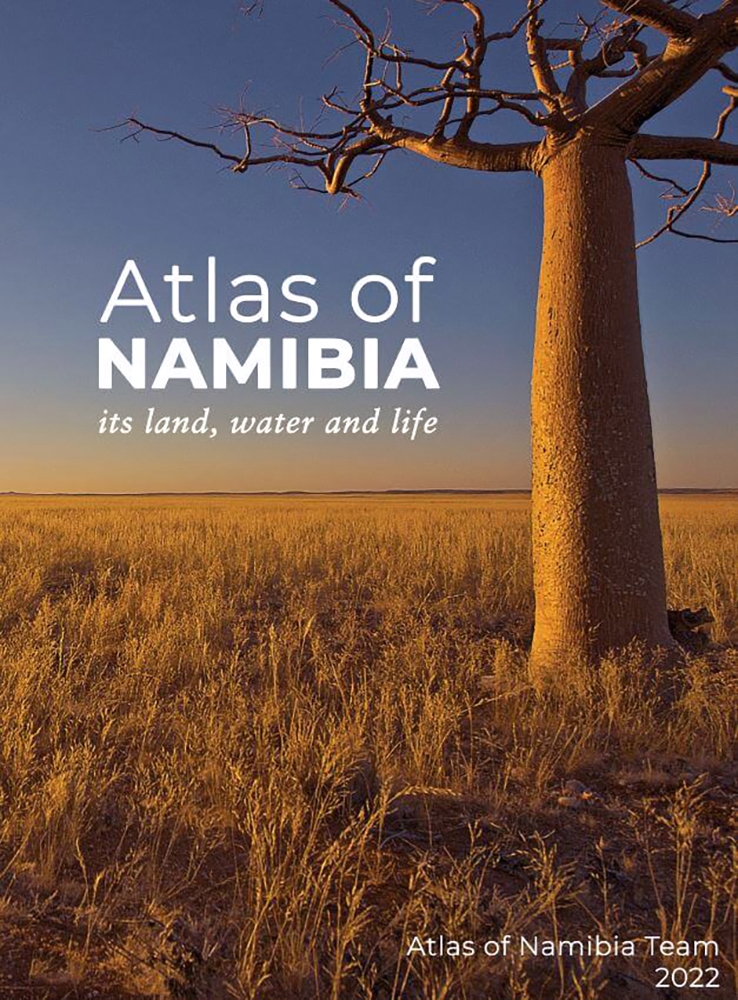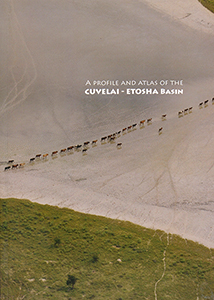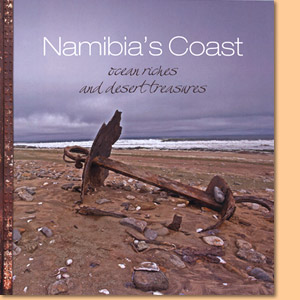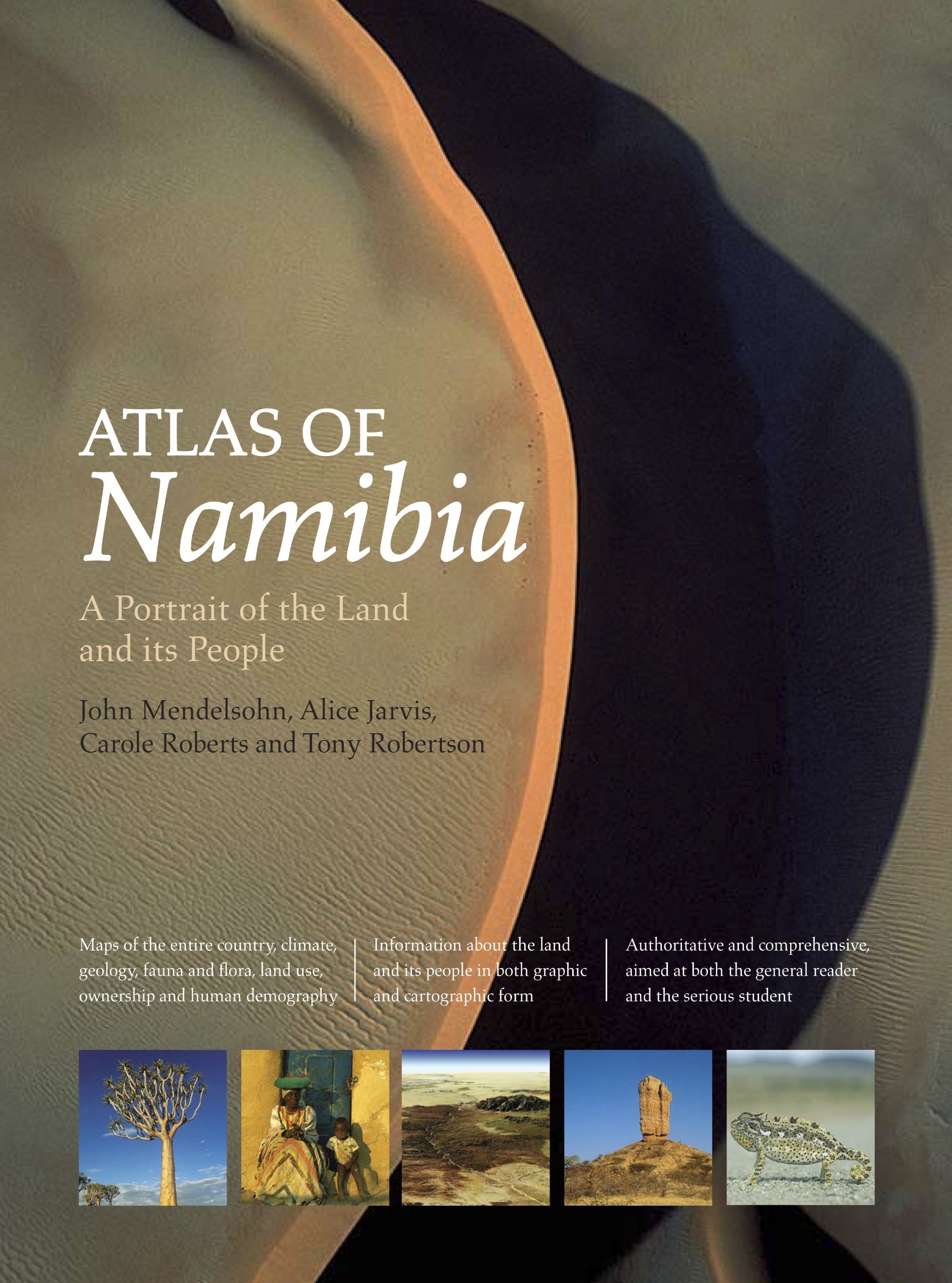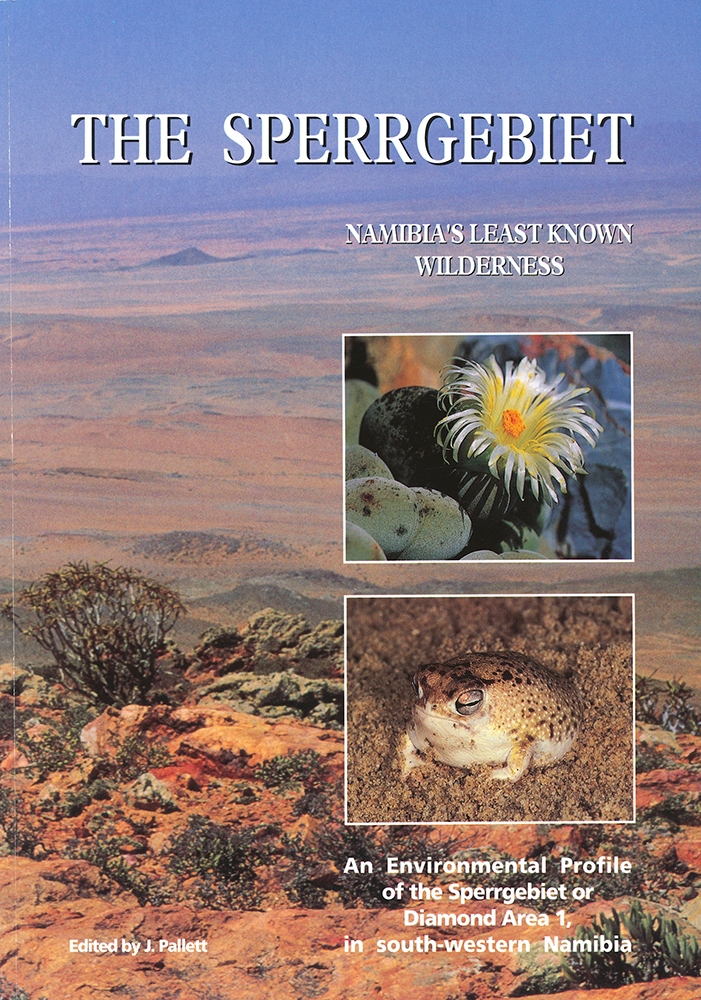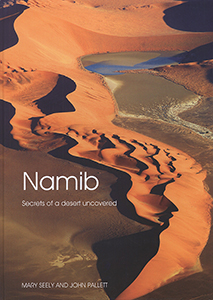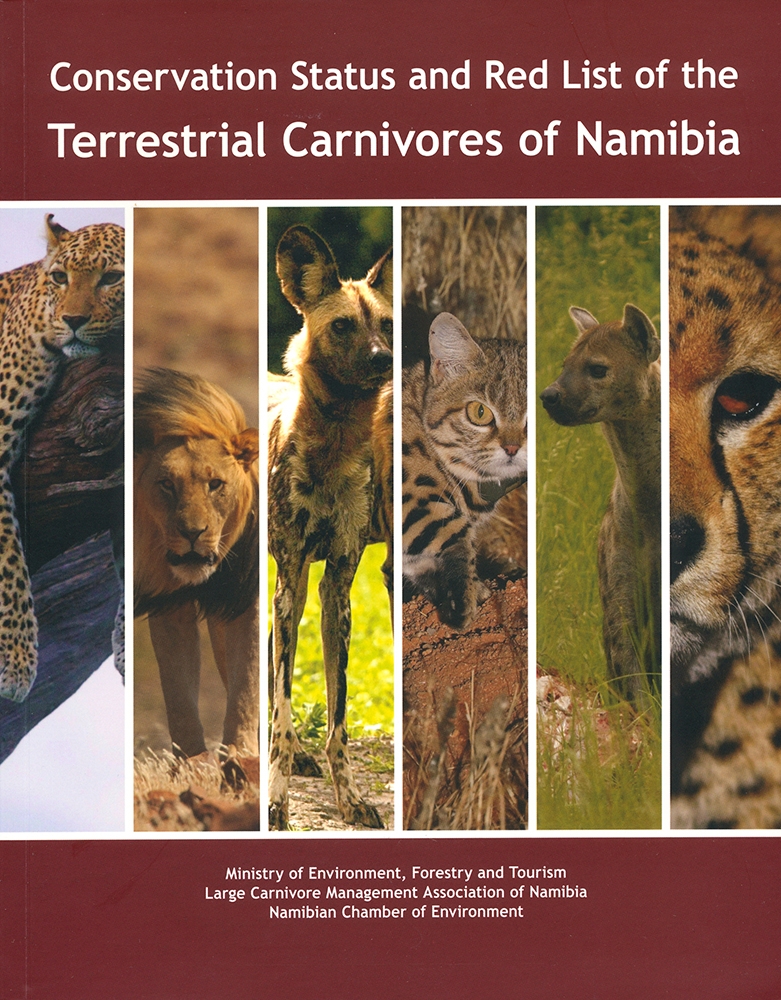Conservation Status and Red List of the Terrestrial Carnivores of Namibia, by John Pallett, Gail Thomson and Alice Jarvis
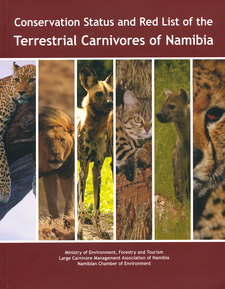
Conservation Status and Red List of the Terrestrial Carnivores of Namibia, by John Pallett, Gail Thomson and Alice Jarvis. Windhoek, Namibia 2022. ISBN 9789994501670 / ISBN 978-9-99-450167-0
Conservation Status and Red List of the Terrestrial Carnivores of Namibia, by John Pallett, Gail Thomson and Alice Jarvis, focuses on terrestrial mammalian carnivores in Namibia, excluding the Cape fur seal.
CHAPTER 1: INTRODUCTION
THE GLOBAL IUCN RED LIST AND NATIONAL RED DATA BOOKS
Despite international political commitments, biodiversity continues to decline and anthropogenic pressures on the natural world continue to increase (Butchart et al. 2010). The first step to addressing the biodiversity crisis is to understand its extent, severity and causes. Without this information it would be impossible to find effective solutions. To address this need, the International Union for the Conservation of Nature (IUCN) established the Red List, which since 1964 has grown to become the largest and most comprehensive global database of extinction risks to plants and animals (IUCN 2022). National Red Data Books are an extension of this global effort that uses the same criteria for assessing threats for species at the national level following guidelines provided by the IUCN (2012b). Some species may be more or less threatened at the national level than the global level, depending on the availability of suitable habitat and the relative success of national conservation policies. Obtaining accurate information from local experts at this scale is essential for guiding nationally appropriate policies (Gardenfors et al. 2001). This publication - covering mammalian terrestrial carnivore species - is the second Namibian Red Data Book on fauna following the 2015 publication Birds to Watch in Namibia: Red, Rare and Endemic species that covered threatened Namibian birds (Simmons et al. 2015).
The IUCN Red List approach and categories
IUCN Red List assessments combine science-based data with expert knowledge for each species. They are used for setting conservation priorities by identifying which species are at the greatest risk of extinction, and what steps can be taken to reduce the threats they face (Hoffmann etal. 2008). In this publication, each assessment takes into account the estimated population size and trend, geographical range and habitat, and lists the known threats to each species. Where known, the population size and geographical range is given for Namibia and globally. These factors are taken into account when assigning a species into one of the following categories (from worst to best status): Critically Endangered, Endangered, Vulnerable, Near Threatened, and Least Concern. None of the Namibian carnivore species fall into the remaining IUCN categories: Extinct, Extinct in the Wild, Data Deficient or Not Evaluated (Figure 1). Species falling into the first three categories are threatened with extinction in the near or medium-term. Near Threatened species could become threatened in future if current threats are not addressed. Globally, 28% of the species in Carnivora (including marine carnivores) are categorised as Vulnerable or worse by the IUCN, which is five percent higher than the proportion of threatened mammalian species in all Orders comprising 50 or more species (Figure 2, IUCN 2021).
History of the Namibian Carnivore Red Data Book
The concept of a Namibian Red Data Book for carnivore species was first discussed during a workshop on 8-10 November 2017 hosted by the Namibian Chamber of Environment (NCE) at the Otjikoto Environmental Centre, sponsored by B2Gold Namibia. This meeting brought together experts from non-governmental organisations under the umbrella of the Large Carnivore Management Association of Namibia (LCMAN) and those employed by the Ministry of Environment, Forestry and Tourism (MEFT). [...]
This is an excerpt from Conservation Status and Red List of the Terrestrial Carnivores of Namibia, by John Pallett, Gail Thomson and Alice Jarvis.
Title: Conservation Status and Red List of the Terrestrial Carnivores of Namibia
Editors: John Pallett; Gail Thomson; Alice Jarvis
Publisher: Ministry of Environment, Forestry and Tourism; Large Carnivore Management Association of Namibia; Namibian Chamber of Environment
Windhoek, Namibia 2022
ISBN 9789994501670 / ISBN 978-9-99-450167-0
Softcover, 21 x 26 cm, 187 pages, throughout colour photos, distribution maps, tables
Pallet, John und Thomson, Gail und Jarvis, Alice im Namibiana-Buchangebot
Atlas of Namibia
This is the third edition of the geographical profile and Atlas of Namibia since 1983. Don't miss your copy.
A profile and atlas of the Cuvelai-Etosha basin
This atlas describes the main features of the Namibian part of the basin and provides an overview of the entire profile Owambo or Cuvelai-Etosha Basin.
Namibia’s Coast: Ocean riches and desert treasure
Namibia’s Coast: Ocean riches and desert treasure introduces the coast of Namibia in seven environmental chapters.
Atlas of Namibia
This authoritative Atlas of Namibia contains a wealth of information about the land and its people rendered in both graphic and cartographic portrait.
The Sperrgebiet: Namibia's Least Known Wilderness
The Sperrgebiet: Namibia's Least Known Wilderness features an environmental profile of the Sperrgebiet or Diamond Area 1, in south-western Namibia.
Namib: Secrets of a desert uncovered
Namib: Secrets of a desert uncovered features 20 chapters on the secret life of plants, rivers, animals and the shifting of dunes in the Namib Desert.
Conservation Status and Red List of the terrestial Carnivores of Namibia
Conservation Status and Red List of the terrestial Carnivores of Namibia: the Namibian Carnivore Red Data Book.

